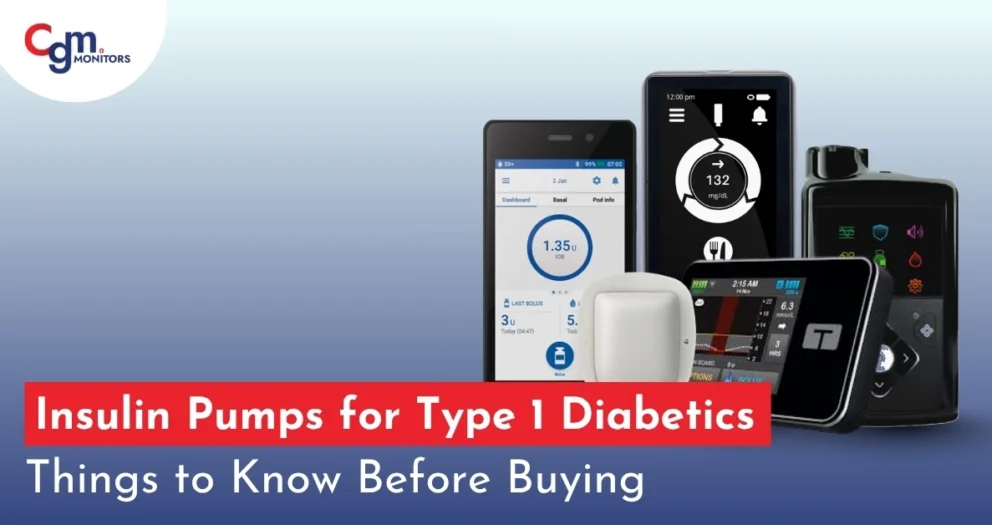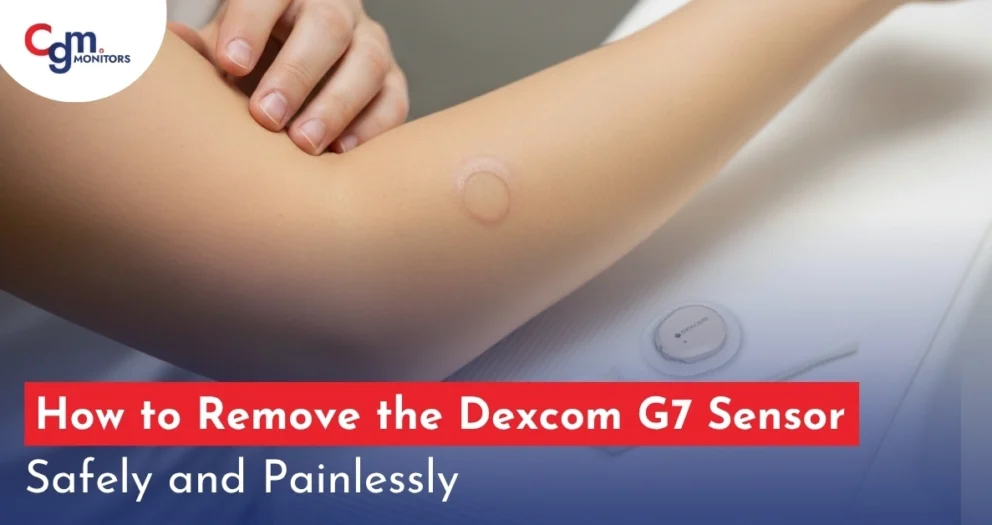Table of content
A Continuous Glucose Monitor (CGM) is a device invented to ditch fingerpricks and monitor glucose continuously. A typical CGM system consists of a discreet sensor and a monitor which is either a handheld device for showing your glucose levels, trends, setting up alarms, and more, or simply your smartphone which is compatible with the CGM sensor.
Although there are various brands available in the US market, the Dexcom and Libre CGMs fall among the top and most trusted CGM devices. CGM sensors are small and typically inserted on the back of your upper arm or abdomen, with the help of a micro pin. With the help of these micro pins, these sensors monitor your glucose from interstitial blood and transmit data to the reader in real time, every 1 minute or every 5 minutes. The continuous insights into glucose trends allow users to make more informed decisions and manage diabetes well.
What Is MARD and How Is It Calculated?
MARD stands for Mean Absolute Relative Difference. It is a metric used to assess the accuracy of CGM systems. MARD is calculated by comparing CGM readings to reference glucose measurements (like blood tests) and averaging the absolute differences. A lower MARD indicates higher accuracy. For instance, a MARD of 8.2% means the CGM readings are, on average, within 8.2% of the reference values.
Are CGMs FDA Approved?
Yes, CGMS, including the FreeStyle Libre series, is FDA-approved for use in the United States. The FreeStyle Libre 2 Plus Sensors, for example, received FDA clearance and is indicated for the management of diabetes in individuals aged 2 and older with type 1, 2, or gestational diabetes. It is designed to replace blood glucose testing for diabetes treatment decisions, unless otherwise indicated.
FreeStyle Libre CGM: Pros and Cons
Pros |
Cons |
| Accuracy: FreeStyle Libre 2 Plus has an MARD of 8.2% | Libre 3 MARD value is 7.9 times better than the newer version |
| AID Compatibility: Omnipod 5 and Tandem t X2 with Control-IQ | – |
| Convenience: No calibration required | – |
| Every Minute Readings: Provides every minute readings without needing to scan | – |
| FDA Approved: Ensures safety and reliability. | – |
| Sensor Lifespan: 15 days | – |
| Size: 5mm in height and 35mm in diameter (same as Libre 2 sensors) | Libre 3 and Libre 3 Plus sensors are smaller than the 2 Plus sensor |
| Water Resistant: Can be submerged in water of up to 3 feet for up to 30 minutes | Dexcom G7 sensors can be submerged under 8 feet of water for up to 24 hours |
Cost and Lifespan of CGM Sensors
The cost of CGM sensors varies. For instance, the FreeStyle Libre 2 Plus sensor is priced at approximately $110 per sensor, lasting up to 15 days. Therefore, the monthly cost can be around $220 if used continuously. However, if bought using insurance, you may be required to pay just a small chunk or even less, depending on the type of insurance.
Did you know?
Libre 2 app and Libre 2 reader are compatible with the new Libre 2 Plus sensors as well.
Likewise, the Libre 3 app and reader are compatible with the new Libre 3 Plus sensors.
Associated Costs With CGM
Additional costs may include:
- Reader Device: Although most CGMs support smartphone monitoring, opting for a reader device will add costs.
- Mobile App Compatibility: While many smartphones are compatible, some older models may not support the necessary apps.
- Insurance Coverage: Depending on your insurance plan, coverage for CGM systems can vary. It’s advisable to check with your insurance provider to understand your benefits.
You may also check your benefits at no cost here and claim your CGM sensor today.
Conclusion
While there is a range of Libre CGM sensors, individuals may select a sensor based on their requirements and choice. The Freestyle Libre sensors have been taking the lead on extended life spans and better accuracy.
Generally, any reliable CGM system bought from a reliable seller like CGM Monitors shall add convenience to diabetes management. The automatic insulin delivery (AID) compatibility further makes these sensors even more valuable for people who consume insulin, especially including Type 1 diabetic patients who are insulin dependent.
Disclaimer: Always consult with a healthcare specialist before taking any medical action.







Write a comment
Your email address will not be published. All fields are required